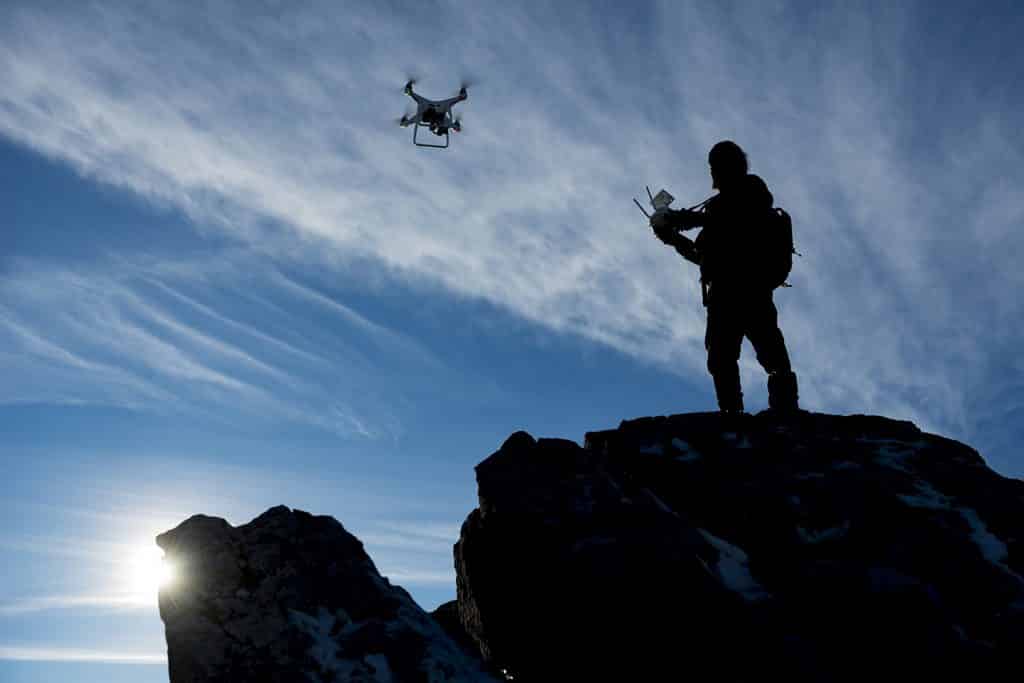
Becoming a new drone pilot can be extremely exciting, however don’t rush into flying just yet… It is relatively straightforward to take off, but do you know every button’s function or have a good understanding of how your drone reacts to the remote controller? Before you take flight, you should know your drone extremely well as it is the best way to prevent crashes and flyway’s. Furthermore, it is being responsible for the safety of yourself, others, and your drone.
Below we have summarised 15 tips to help first-time drone pilots prepare for their flights:
-
Read The Manual
You can usually find user manuals and safety guidelines via the manufacturer’s website. It is recommended that you read the manual fully and watch tutorial videos before you fly.
-
Avoid Obstacles
Be aware that the flight speed and lighting conditions may affect the obstacle avoidance system’s performance. Do not overly rely on obstacle avoidance. Thin ropes, telephone lines, transparent objects etc are hard to detect. Therefore, you should be aware of the flight environment and make smart decisions about when and where you fly your drone.
-
Avoid Animals
The ultrasound sent out by drones can cause unease among animals. Also, keep your drone away from birds to prevent bird strikes.
-
Do Not Practice Around People
Flying a drone may draw a lot of attention from people, and it can be distracting. Find an open area for you to fly your drone safely.
-
Calibration & Pre-flight Check
Calibrating the compass before a flight is essential for safety. Also, don’t forget to fully charge the battery and check if the propellers are correctly installed.
-
Set Return To Home (RTH) Altitude
In RTH mode, your drone will fly to the pre-set altitude and then return to the home point automatically. It is recommended that you set the RTH altitude before you take off. This will ensure that your drone won’t fly into any obstacles on the way back.
-
Check GPS Signal
Fly your drone when at least ten satellites are found, and the GPS icon is followed by more than 4 bars. Strong GPS signal is crucial for a safe flight.
-
Hover Before Heading Out
After take-off, it’s recommended to let your drone hover for around 30 seconds to verify aerial stability. Continue flying after confirming that your drone is under control.
-
Use Beginner Mode To Practice
Turn on beginner mode to enable a distance and altitude limit. This ensures all sensors and GPS are on and helps you keep your drone within line of sight. For the first few flights, focus on drone operations instead of viewing images on your screen.
-
Know How Return To Home Works
Tap the RTH button on your remote and your drone will fly back to the home point. Note that your drone can only record a Home Point and activate RTH when the GPS signal is strong and the compass functions normally.
-
Check The Weather Conditions
Be aware of the weather changes during the flight. Do not fly in adverse weather conditions like rain, fog, lightning, snow or strong wind. Cold temperatures can impact the batteries performance. When flying during winter, pre-heat your battery to 20 degrees.
-
Pay Attention To The Battery Status
Always check your drone’s battery status during flight and leave enough battery for your drone to return safely. Note that flying against the wind uses batteries faster than flying downwind.
-
Don’t Fly Aggressively
Push the control stick gently and avoid sharp movements. This allows you to have enough time to make adjustments and thus reduce the chance of a crash occurring.
-
Don’t Fly In Reverse
During a flight, avoid flying in reverse as it may collide with an unseen obstacle.
-
Get a Recreational Drone Insurance Policy
Although it is not a legal requirement, we advise all recreational drone pilots to obtain public liability insurance for peace of mind during their flights. With our flexible policy periods, you can take out insurance as and when you require it, whether that be daily, monthly or annually. You can also log your flights via our FlySafe App, which provides you with detailed airspace information. For more information in regards to our recreational insurance policies, please get in touch with a member of our team.
